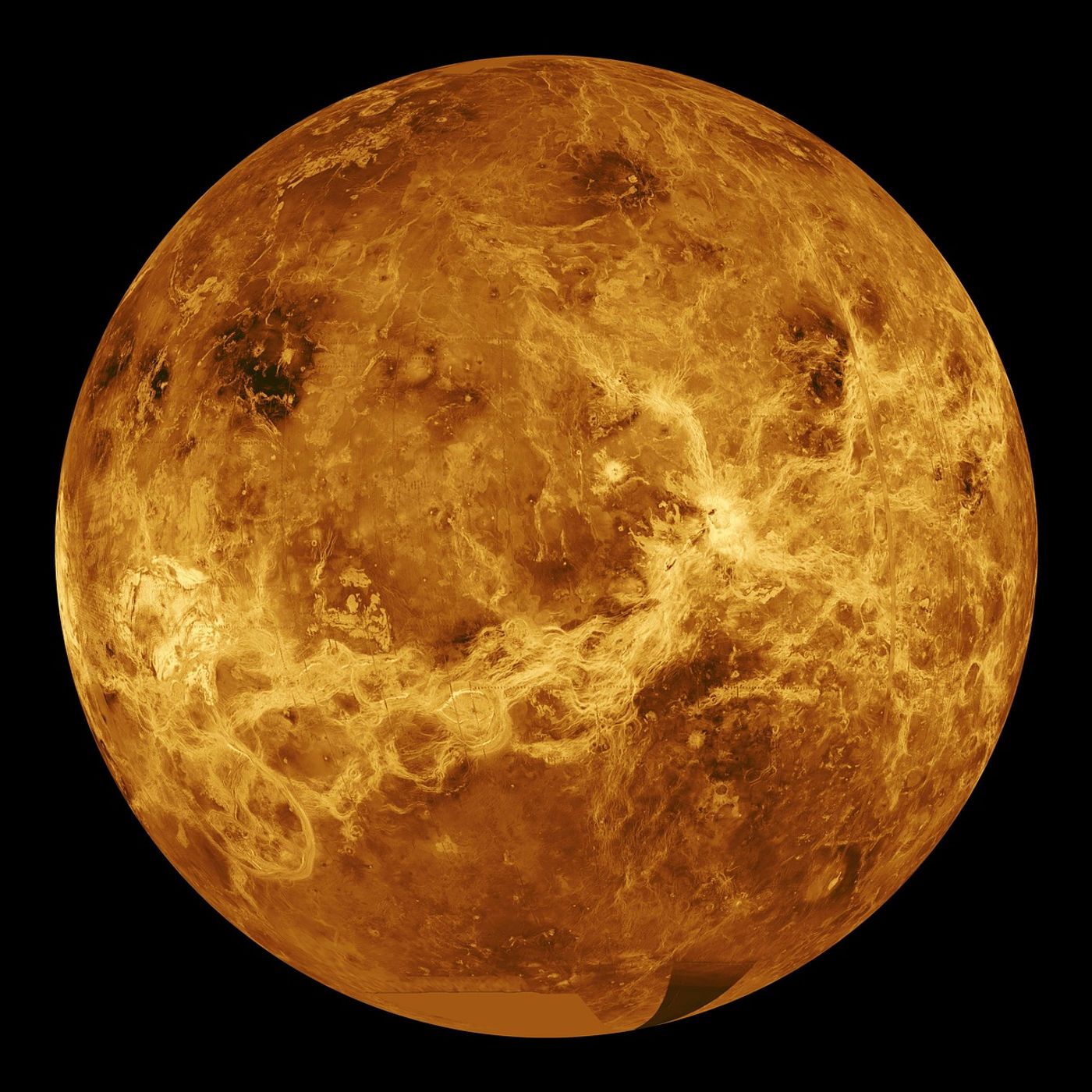Scientists Dig Deeper to Learn More About Venus' Atmospheric Superrotation
Earth and Venus share a lot of qualities with one another, but some striking differences set the two planets apart. Among them, the atmospheric conditions are so harsh on Venus that life can’t exist; nevertheless, the neighboring world remains a hotspot for scientific study.
Image Credit: WikiImages/Pixabay
Over the years, scientists have discovered how Venus’ atmosphere rotates significantly faster than the surface of the planet does. The surface takes 243 Earth days to complete a single rotation, and the atmosphere takes just under four Earth days to do the same.
When a planet's atmosphere rotates so much more quickly than surface does, space scientists call this phenomenon "superrotation."
The cause of the superrotation has eluded scientists for years, so an international team of researchers sought to learn more about the driving mechanisms behind these unusual rotational properties.
The findings, which were published in the journal Nature Astronomy, seem to point to some peculiar waves residing in the planet’s atmosphere. While they may not be the sole cause behind Venus' atmospheric superrotation, researchers agree that they’re a critical component to the behavior.
Related: Would you be able to hear someone speak on Venus?
The team turned to data collected by the VeRa instrument onboard the ESA’s Venus Express spacecraft. Venus Express orbits the planet closely, sending data about its atmosphere back to scientists on Earth for analysis.
This information proved useful, providing researchers both the horizontal and vertical wave pattern data they needed to formulate a hypothesis.
It became apparent from these multi-angle observations that these waves were partially responsible, along with high-speed wind turbulence, for the atmospheric superrotation on Venus.
“We were able to relate the stationary gravity waves found at higher altitudes with the surface elevations of Venus,” study co-author Dr. Silvia Tellmann from the University of Cologne said.
“Hence, the waves can be explained with wind currents caused by topographical obstacles. We assume that these stationary waves are substantial for the continuity of the superrotation in the atmosphere of Venus.”
Related: Venus' clouds may reveal more secrets about the planet's surface
Many questions continue to go unexplained, but the fuzzy picture of Venus' atmospheric conditions becomes clearer as scientists continue digging for answers.
It should be interesting to learn what other discoveries scientists will make as they continue studying Venus. Perhaps someday, we'll know without a doubt exactly what causes these unique atmospheric attributes.
Source: University of Cologne









